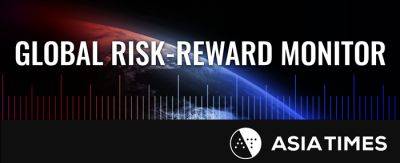So-called China deflation is good news for profits
To gauge price behavior, rather than the overall index number, economists look at so-called “core” consumer price inflation that excludes volatile food and energy prices – except when it comes to China.
“China sinks deeper into deflation as prices fall at fastest rate in 15 years” was CNN’s headline this morning. But the 0.8% January drop in China’s consumer price index reflected a 17% drop in pork prices. Core CPI rose by 0.4% in January. That’s 4.7% core inflation at a compound annual rate – hardly consistent with deflation.
Besotted with the notion that China’s economy is collapsing, the Western media interpret every economic report from China with that bias – even if it means turning common sense and causality inside out. A simple examination of China’s recent price data tells a different story.
The Producer Price Index (PPI) —the cost of wholesale goods – continued to fall while core consumer prices rose. That’s a problem for producers of nylon fiber (for example) whose prices have fallen by 12% year-on-year, but it isn’t necessarily a problem for the overall Chinese economy.
The good news is that rising consumer prices and falling producer prices boost corporate profits. Industrial enterprises are charging higher prices to consumers – and paying lower prices to suppliers.
China’s PPI isn’t exactly a proxy for industrial input costs, and core CPI isn’t exactly a proxy for final prices, but industrial profits have risen with a falling PPI and a rising core CPI during the past dozen years.
A linear regression equation (using breakpoint analysis) shows that year-on-year changes in core CPI and PPI explain about 76% of the variation in year-on-year industrial profits. The predictive variables are significant after






